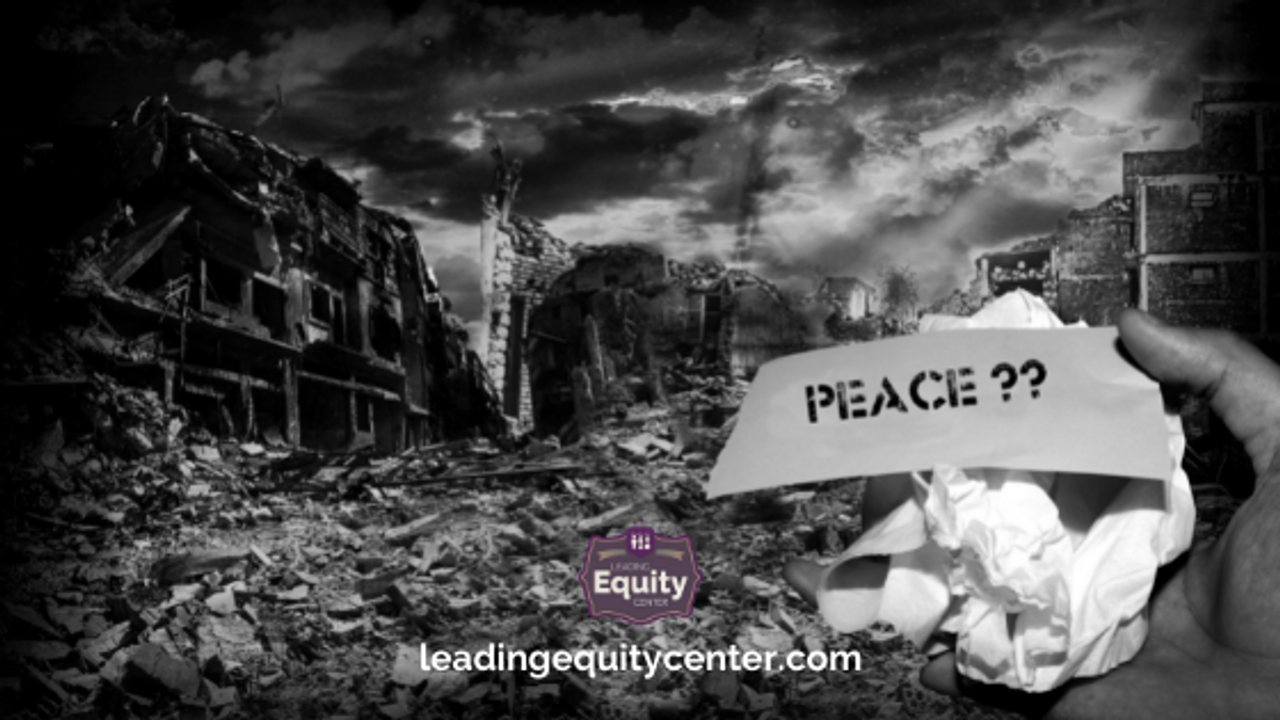Many of us have had students come to our schools after being in war zones, refugee camps, and after long journeys.

Greetings, Advocates,
Happy Spring, yes, it's officially a meteorological spring in the United States.
This week, I worked with the local juvenile justice department in Albany, OR. I got to co-present with my father, Dr. Lewis Eakins. It was the first time we'd done that, and it was fun. We worked with the staff on addressing bias when serving youth and their families.
Against that backdrop, I thought about a couple of things.
I thought about the prison population where Black and Brown people are incarcerated at rates that don't represent their general population share.
I thought about the school-to-prison pipeline and how some of our BIPOC students receive harsher punishments and suspensions at a greater rate than White students for the same behavior.
I also wondered how this helps young people. I have heard of some excellent programs with universities that help incarcerated people receive college degrees. I have also heard of thoughtful, supportive programs that help reduce recidivism.
When we look at patterns of who we punish in schools, why, and how, we need to acknowledge the inequity. BIPOC students are punished more frequently and more harshly than White students.
How can we change that? What have you noticed in your schools?
My thoughts made my live stream interview with Dr. Daryl Howard so timely to consider how our Black Boys are treated in school. Last night was the start of my weekly "The Art of Advocacy" Live Stream. Catch me each week as I interview a special guest live via Facebook and YouTube to enhance your knowledge around equity issues in education.
Here's the live stream video in case you missed it.
The other thing I thought about was the country of Ukraine.
It is an independent country that Russia has just invaded on the pretext of "denazifying" the country. How does that work? I read that 500,000 people have fled the country. I have also read that of those attempting to leave Ukraine, the guards at the border are letting their own citizens go before others, including students from Africa and India studying in Ukraine. I learned that the students were supposed to contact their embassies and make arrangements to leave; however, they are in a crisis, some without communication with their embassies. I saw the images of the women and children in underground bunkers and under the hospital, trying to stay safe.
Many of us have had students come to our schools after being in war zones, refugee camps, and after long journeys.
While we have counselors in our schools, and we clearly need more - we need to create a safe space for these students.
We need to acknowledge that some of our students need mental health and other support and assess how well we can meet their needs. We should also recognize that talking about mental health issues is not done in some cultures.
While we have increased the training available in trauma-centered classrooms, we need to actively acknowledge and understand that these students may be experiencing different developmental pathways compared to other students.
With our emphasis on testing and meeting standards, it is unreasonable to expect a student who has suffered trauma to respond just as any other student would - yet I've heard teachers say - "I treat all the students the same." The students are not all the same. A student who has experienced war will carry that trauma with them.
I don't have all the answers, but I have a request to please be open to anything your students wish to share with you and give them as much grace as possible.
With the turmoil in the world, your classroom may be one of the safest spaces for your students.
Thank you for all you do,
Sheldon


